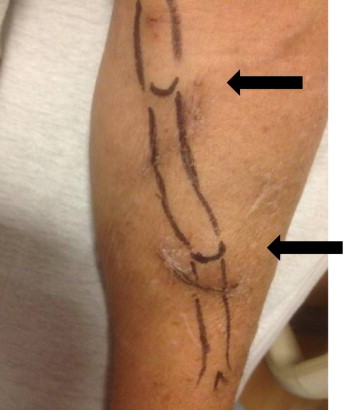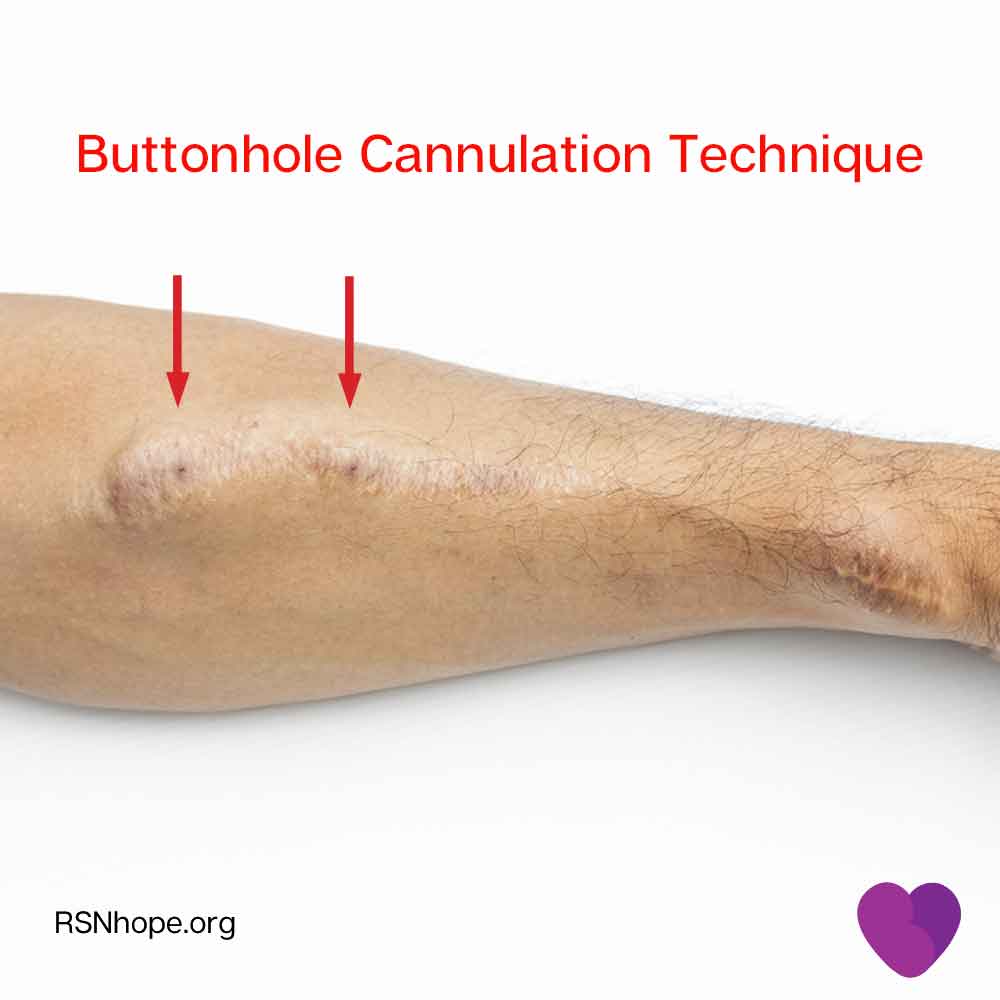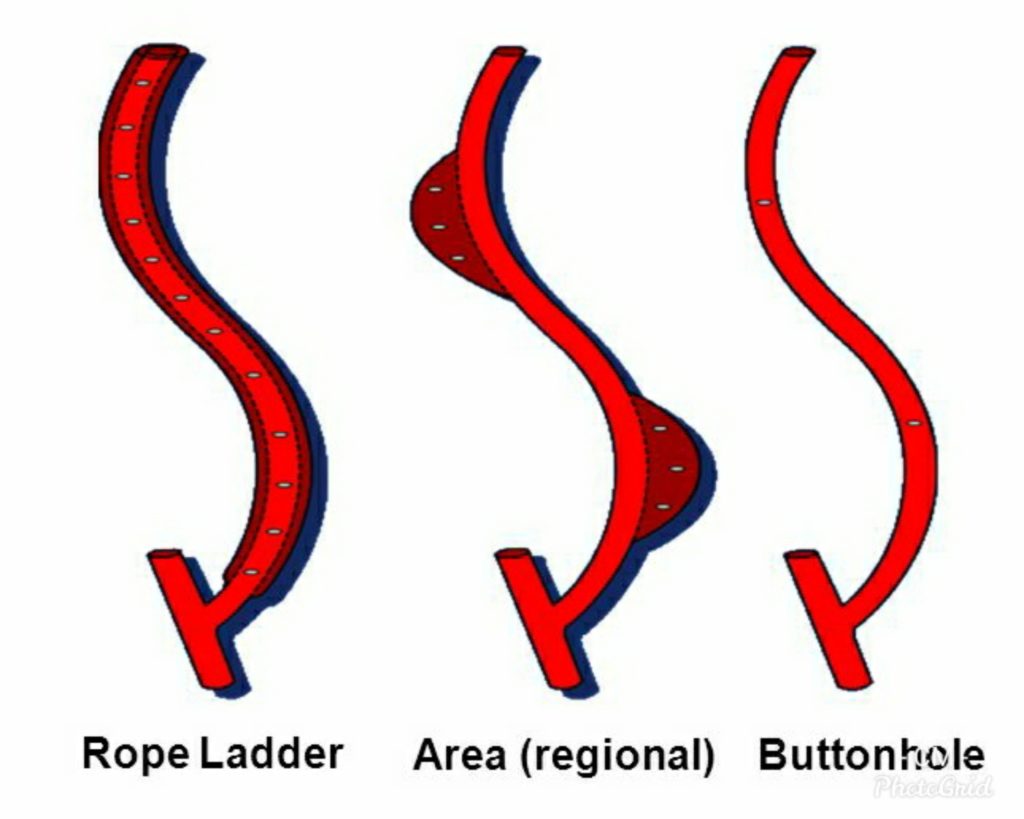
We discussed about the fistula and what can go wrong with it. Pre-eminently, the message we need to be aware of is that blood access in dialysis is considered as the lifeline of the patient. Without it, dialysis cannot take place. If we skip dialysis sessions, toxins, waste products and water build up in the body leading to inevitable loss of life.
I give you this information to empower you as kidney patients and families to take control of your treatment. It is bad enough that you are dealing with the disease. It is worse to be ignorant about the treatment you are receiving. It is important that we take the bull by the horns. My father says that to be forewarned is to be forearmed.
Before Maturation
It takes about six weeks for a dialysis fistula to start being used. Before then, you may have a dialysis catheter already. If you were aware of the progressive loss of kidney function, you could still be having some kidney function remaining which is enough to sustain your life for a few months until the fistula is all grown up and ready to be used.
You should have a kidney nurse assess the fistula every week. You also need to touch where the surgery happened on the arm and feel for a soft buzzing sensation. Using your forefinger and middle finger, locate the scar that was left after the surgery. Feel the buzz then continue moving the finger upwards along the fistula.
Initially, the buzz feeling is not as loud or even extended for a great length. As time goes by, the buzz extends a few centimetres up the length of the fistula. Kidney nurses should use a stethoscope to listen to your fistula. Sometimes you cannot feel the buzz on areas far away from the scar, but a stethoscope can detect that sound. A whooshing sound as blood moves from the artery to the vein creating a high pressure.
Once We Start Using it
Initially, we start with small needles or even one needle. As time goes and the renal nurse is comfortable with how the fistula is holding up, two needles of bigger size are introduced. For the dialysis patient, you will have seen them. For the rest of the population, dialysis needles are not the same as the ones you are used to in the injection room. They are a little wider with a small tubing.
How it works is that blood from the fistula leaves through the needle to the small tubing attached to the needle to the machine’s big tubing and then back to the patient. Dialysis by itself is a stressful lifelong treatment. We want to care for the fistula so well that we never have to go back for surgery to create a new one. However, we know that even the best laid plans go amok. That is why how the needles are inserted in your arm should matter to you as the patient.
Different studies have been done to support the three commonly used styles by nurses to stick the needles in the fistula. Let us now look at each one of them.
Area cannulation
Cannulation means sticking the needle into the blood vessel. It is a common term in dialysis units. Some may call it needling. Others may simply say putting the needles in. we are all talking about the same thing.

This is when the needles go in the same area at every dialysis session. We agreed that we use two needles once the fistula is good to go. The renal nurse will determine how good it is. One needle is used to draw blood from you to the machine while the other is used to return the blood from the machine to your bloodstream.
The first needle that nurses insert, the bottom one, is the one that takes blood to the machine while the top one returns it. This process happens seamlessly and at the same time.
Area cannulation therefore involves sticking the bottom needles around the same area on the fistula. Another area about three centimetres away on top for the top needles.
The only problem is that the areas that get the needles over time become weak due to overuse. These areas may bleed for long once the needles are taken out at the end of dialysis session. They also form areas of raised skin which look like two speed bumps on a smooth motorway. This can be distressing cosmetologically especially for young adults on dialysis.
The truth is that most fistulae that get cannulated in this manner eventually have to undergo some form of corrective surgical procedure.
Buttonhole cannulation

After the fistula matures, a specific nurse, (usually two nurses) is assigned the role of sticking the needles in. They do this at the same angle, in the same spot on the fistula. For the bottom and the top needles. We limit the number of nurses to cannulate you to two because they are able to coordinate between themselves on how to go about it. Every time, they remove the scabs that have formed from the previous cannulation and stick the needles in. Same angle same spot. This of hitting the bull’s eye on the dart board.
It differs with area cannulation in that the area cannulation has no single needle spot to put the needles in. You can move around the chosen area. With buttonhole cannulation, the needle only goes in the same spot in the same style. Once the needle is able to know its way inside the fistula, then other nurses and even you can put the needles in.
As a matter of fact, I was trained how to do this type of cannulation by a patient in the dialysis unit I work in. He was very encouraging since he saw me hesitate seeing that we did not have many buttonholes in Kenya. Glad to report that any time he comes for dialysis and I happen to be at work he happily lets me do it.
See? It is not always for us medical professionals to teach you things about your treatment. We also have a lot to learn from you. With dialysis especially, patients always know their fistulae or catheters better than the nurses. I have enjoyed working with patients that take charge of their dialysis treatments and generally keep everyone on the right track. Healthcare is not about us telling you what to do. It should be a discussion and exchange of ideas on how best to care for you.
Many dialysis units in the UK have heralded buttonhole cannulation as the style of to go for first. It has its challenges like infections if not well taken care of or if infection control measures are not followed during cannulation, but it still remains one of my best methods of cannulation. The other challenge is in getting nurses to create the initial route for the needles. That is why we need more renal nurses in the profession.
We are moving from hospital dialysis to home dialysis and buttonhole cannulation is quite easy for a patient to do on themselves as opposed to the other two methods.
Rope ladder cannulation

This type of cannulation involves sticking needles away from the previous site both for the bottom and the top needles. The result is that the sites look like steps of a ladder one on top of the other.
This style is widely accepted as being better than area cannulation. The entire length of the fistula is utilized and there are minimal cosmetic concerns.
Summary
Without a blood access it is impossible to perform dialysis. Without it, lives are lost for kidney patients. Knowing how to care for your fistula and especially how needles are put in is key to the survival of the fistula. Information is power and good information therefore, a good type of power. Do let me know your experience with dialysis fistulae.
